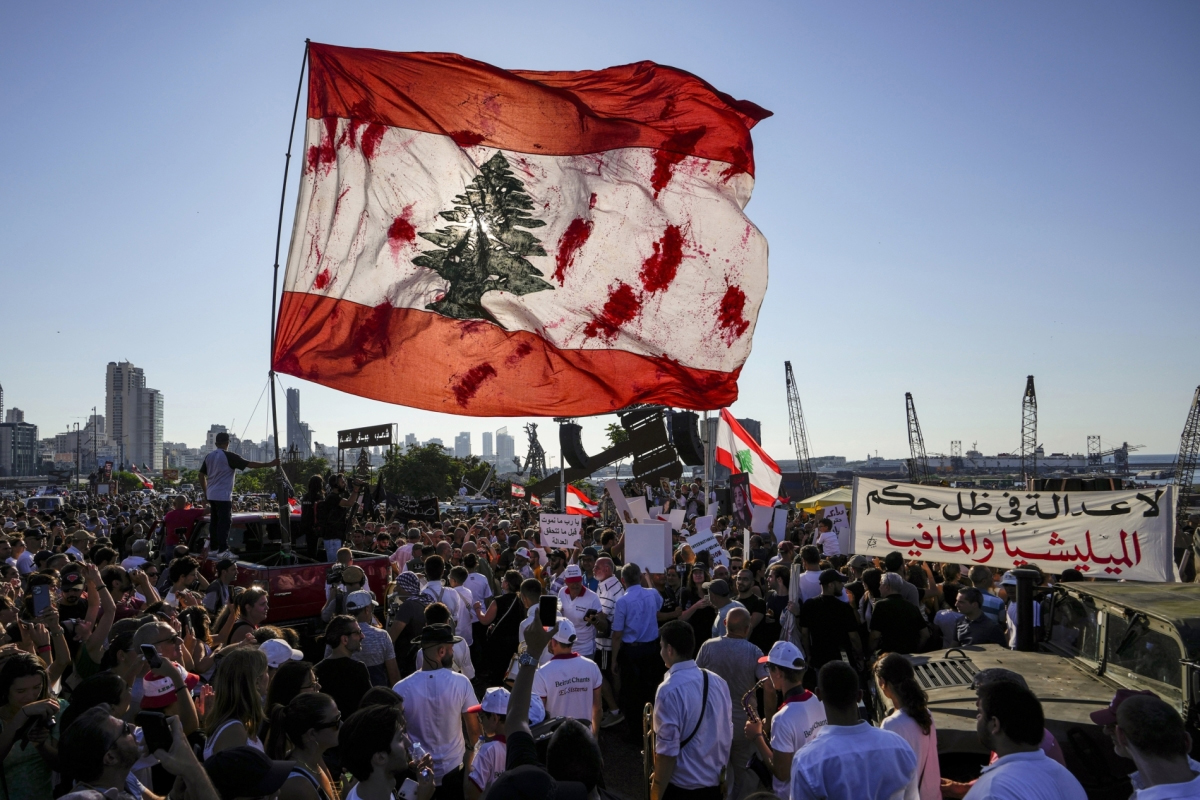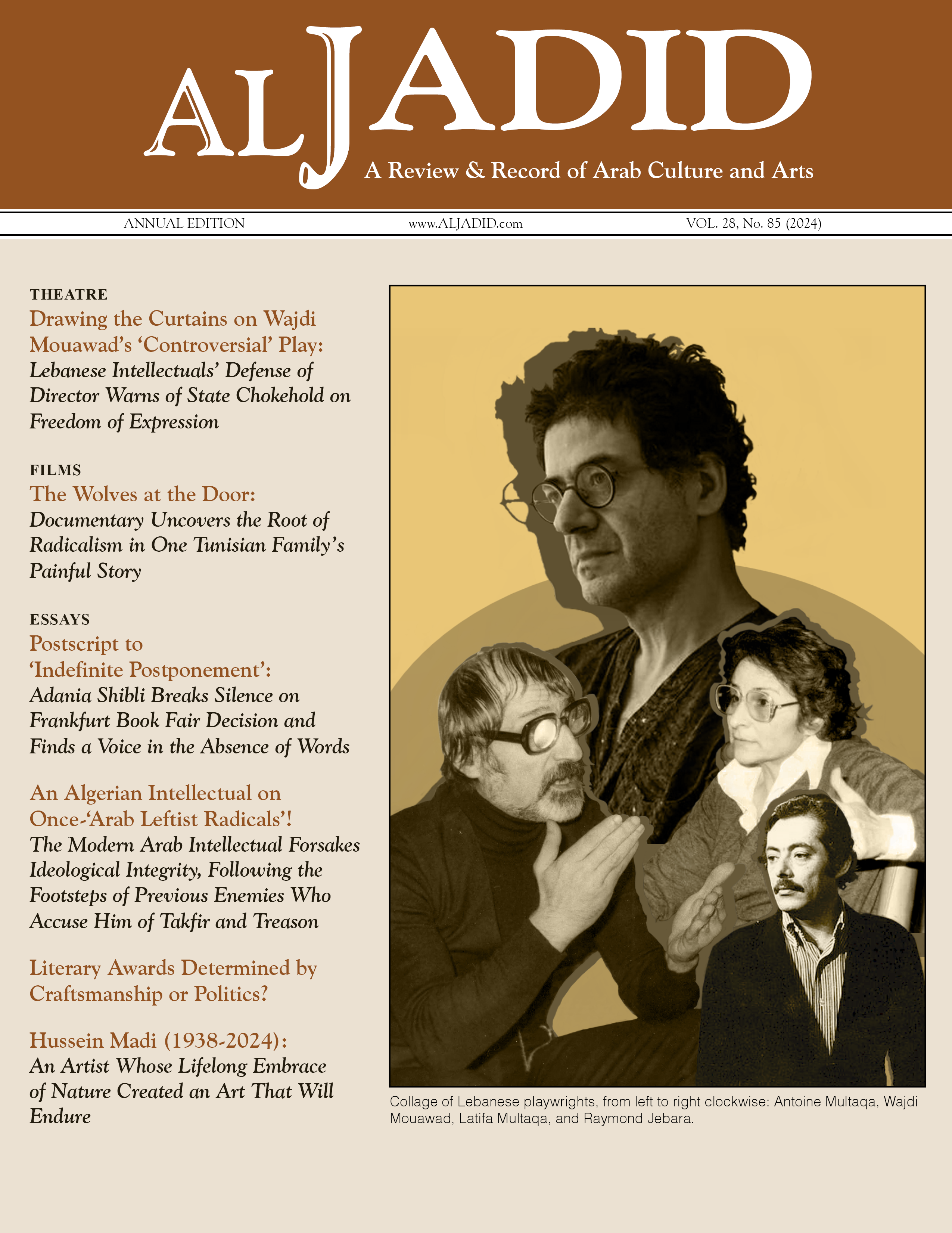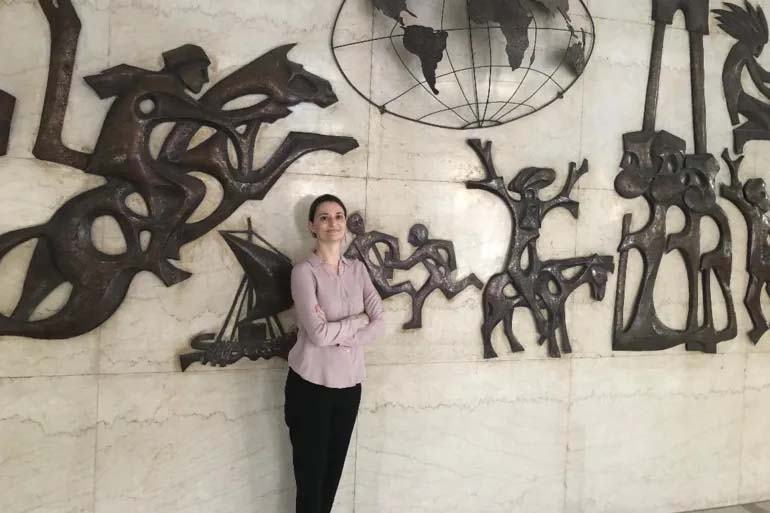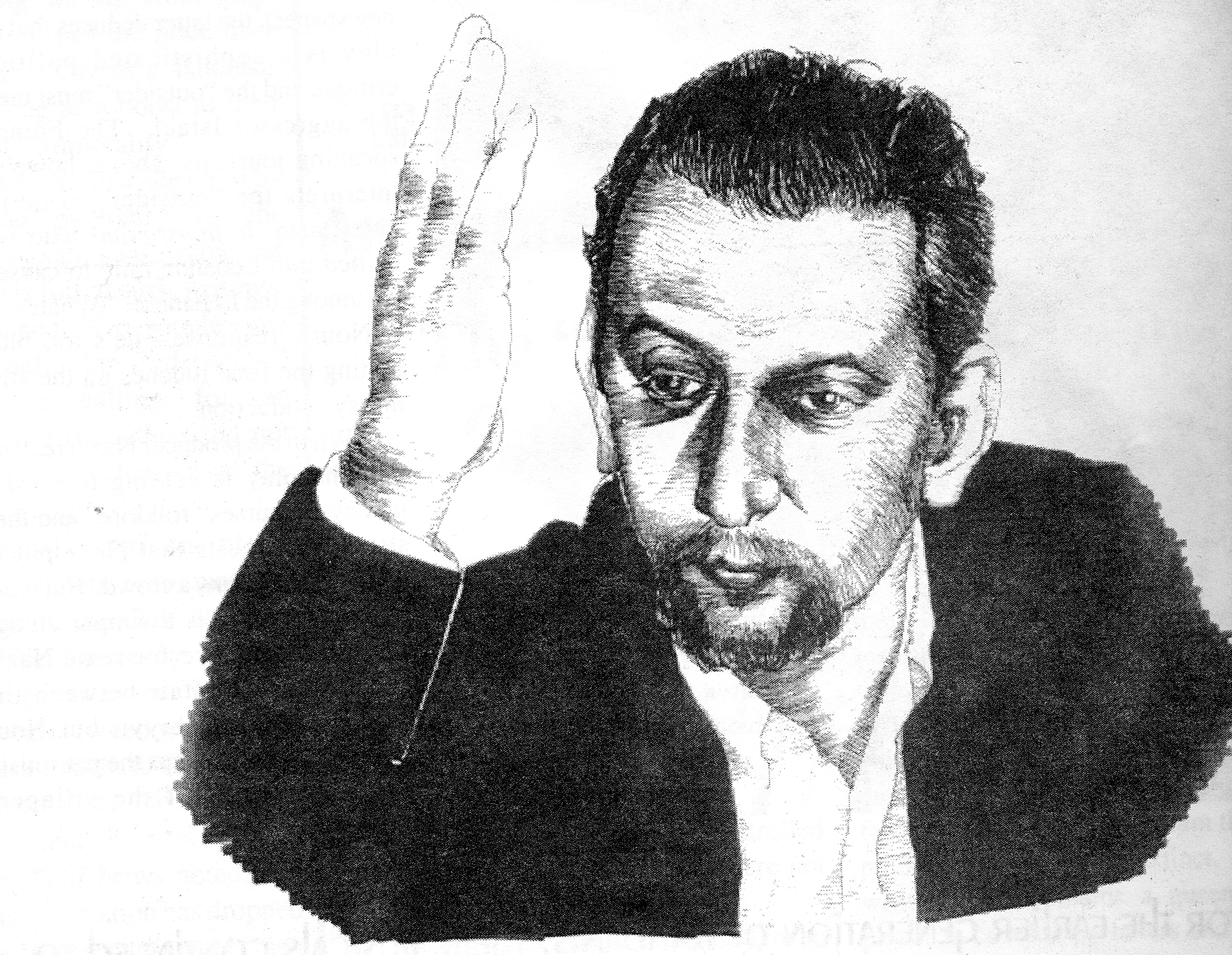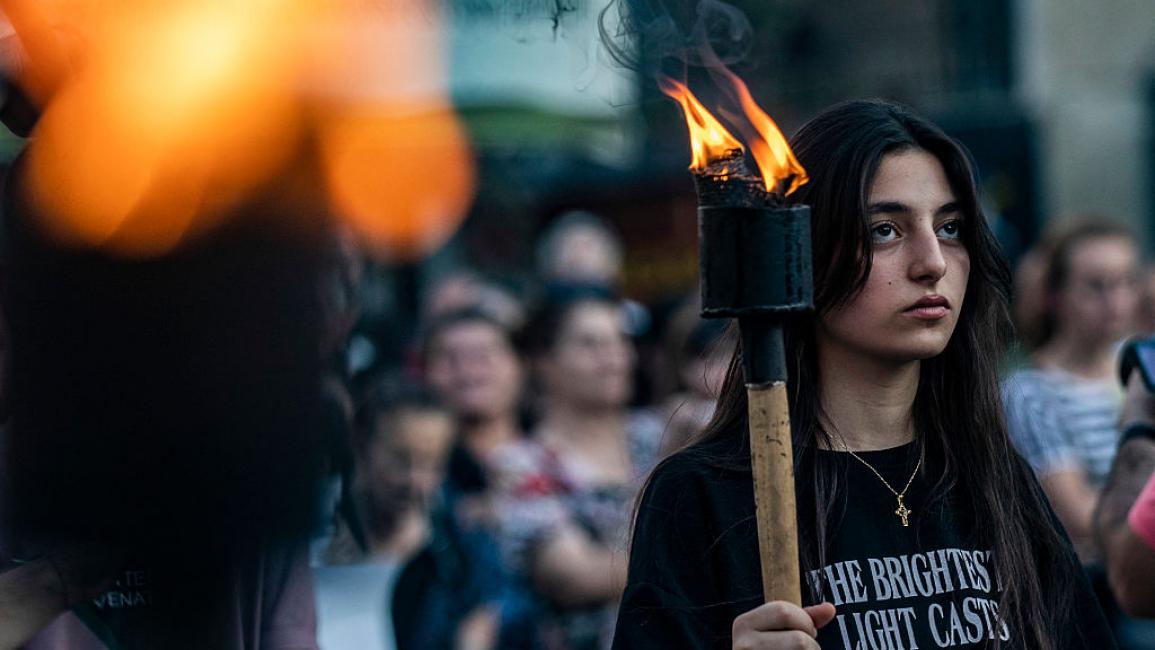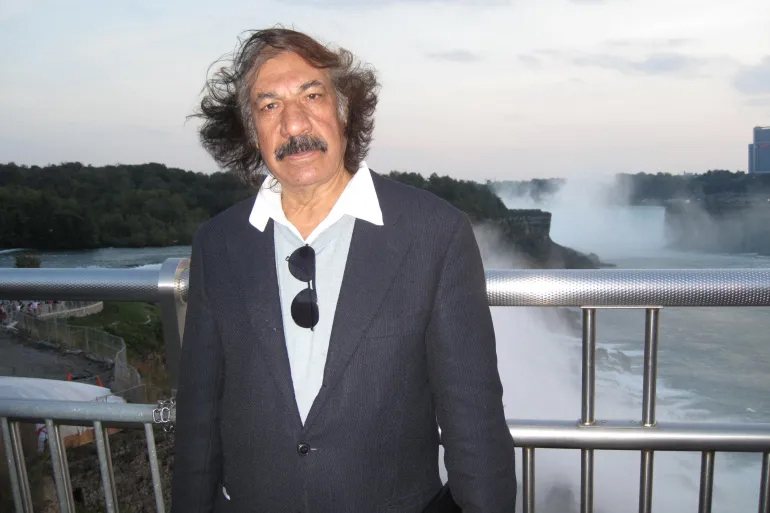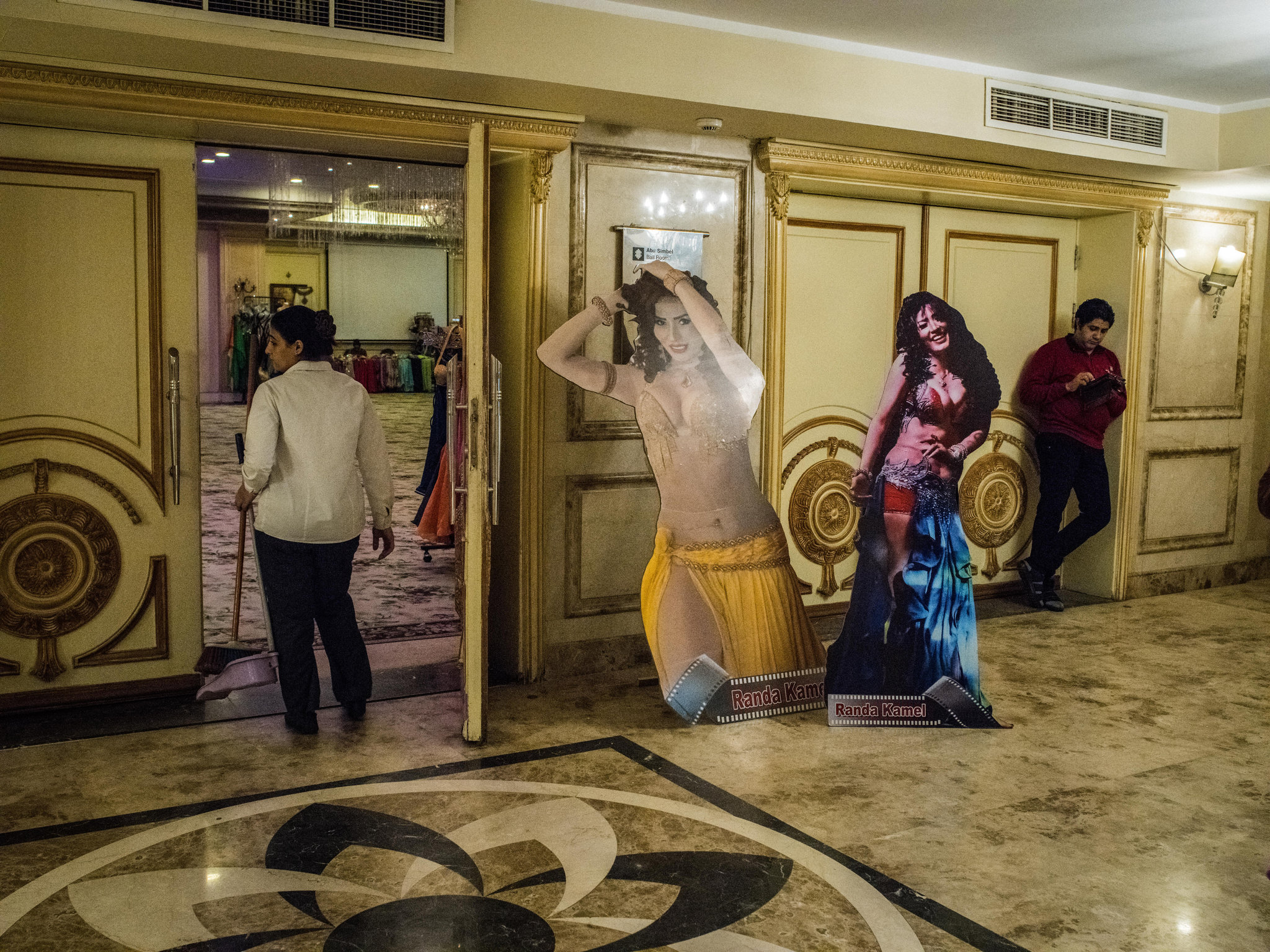
‘Egyptian-American’: The Hyphenated Experience
Looking Both Ways
By Pauline Kaldas
Cune Press, 2017
Something about Pauline Kaldas’ new memoir makes you feel both adrift and at home – sensations normally at war with each other.
‘Traveling Scholar’ Ella Shohat: The Contradictions and Challenges of Being an Arab Jew
As a public intellectual, Ella Shohat has found that her personal history profoundly informs her scholarship. Born in Israel to Iraqi parents who had migrated to that country after 1948, Shohat grew up in an Israeli culture that discriminated against Mizrahi Jews.
Chronicling Syrians’ Personal Stories of Struggle to Reach Safe Refuge
Leaving Syria: Seeking Refuge in Greece
By Bill Dienst, MD and Madi Williamson
Cune Press, 2017
On Friday January 27, 2017, President Donald Trump signed an executive order that, for a 90-day period, suspended immigrant and nonimmigrant entry into the United States from Syria, Sudan, Iran, Somalia, Libya, and Yemen.
Little Time to Rest: 'Daughters' of Nomads
Daughters of Anatolia
Directed by Halé Sofia Schatz
Grasshopper Film, 2015
Watching “Daughters of Anatolia,” a film documenting the nomadic lifestyle of goat herders in contemporary Turkey, makes one aware of the value of ethnographic filmography over its drier, academic prose cousin.
Broadway’s ‘Oslo’ Highlights Human Drama of Famous Peace Accords
With two nations at odds for more than half of a century, different major power players brought all types of peace attempts to the table, but to no avail, with two significant exceptions. The Egyptian-Israeli Peace Treaty of 1979 stands as a lonely, if successful peace attempt, while the 1993 Oslo Accords represent the second, partially successful and incomplete effort.

